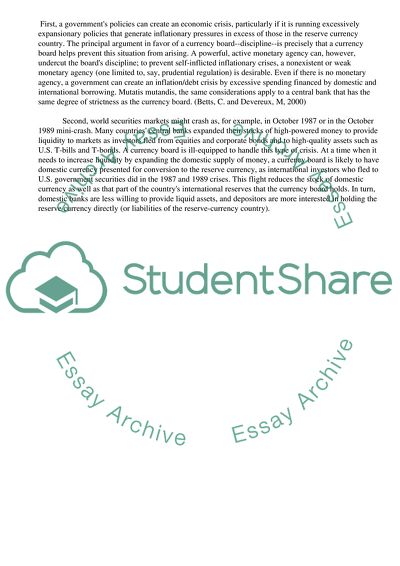Cite this document
(Exchange Rate Crises Term Paper Example | Topics and Well Written Essays - 3000 words - 2, n.d.)
Exchange Rate Crises Term Paper Example | Topics and Well Written Essays - 3000 words - 2. Retrieved from https://studentshare.org/business/1702939-international-business
Exchange Rate Crises Term Paper Example | Topics and Well Written Essays - 3000 words - 2. Retrieved from https://studentshare.org/business/1702939-international-business
(Exchange Rate Crises Term Paper Example | Topics and Well Written Essays - 3000 Words - 2)
Exchange Rate Crises Term Paper Example | Topics and Well Written Essays - 3000 Words - 2. https://studentshare.org/business/1702939-international-business.
Exchange Rate Crises Term Paper Example | Topics and Well Written Essays - 3000 Words - 2. https://studentshare.org/business/1702939-international-business.
“Exchange Rate Crises Term Paper Example | Topics and Well Written Essays - 3000 Words - 2”, n.d. https://studentshare.org/business/1702939-international-business.


